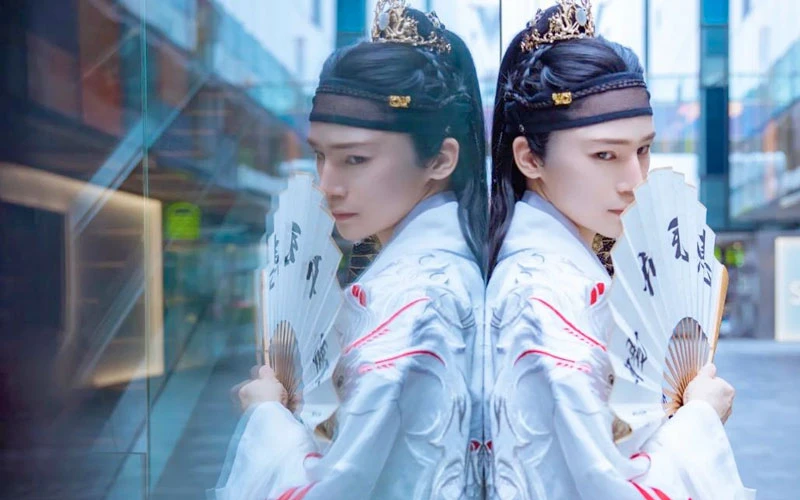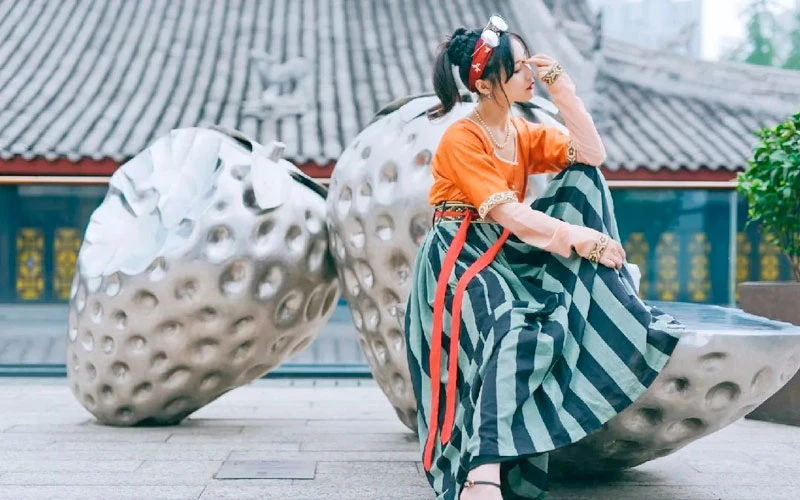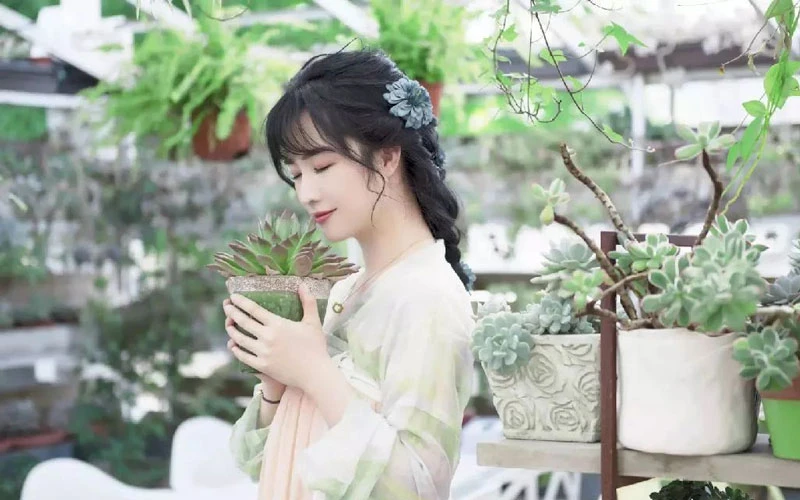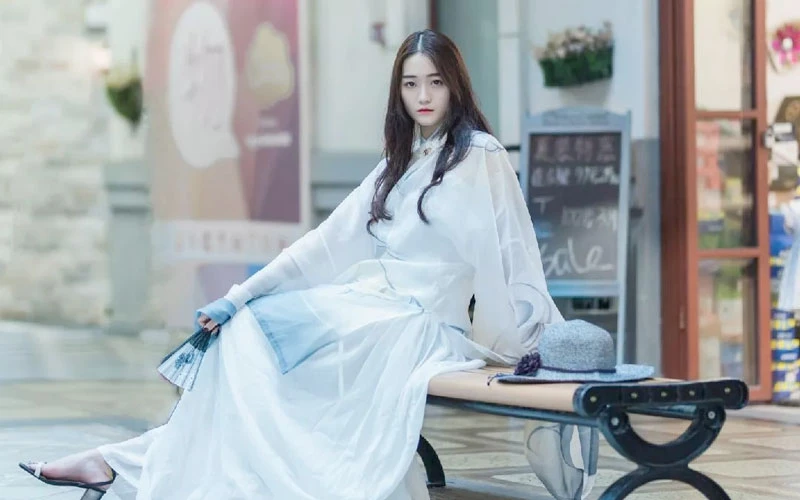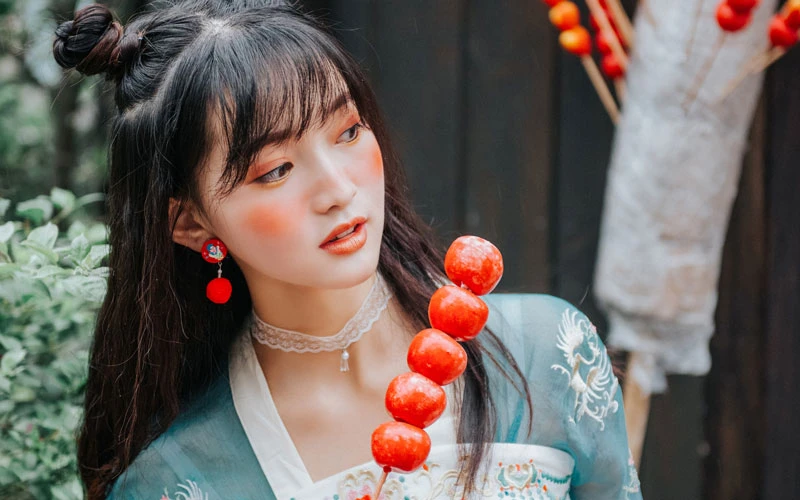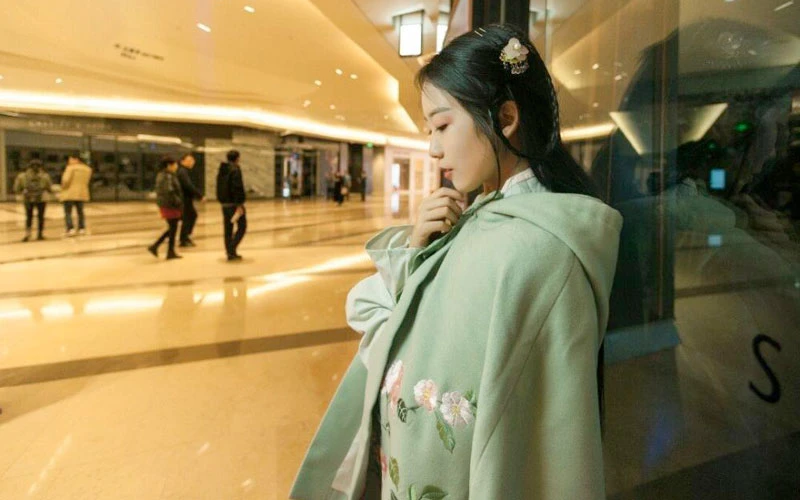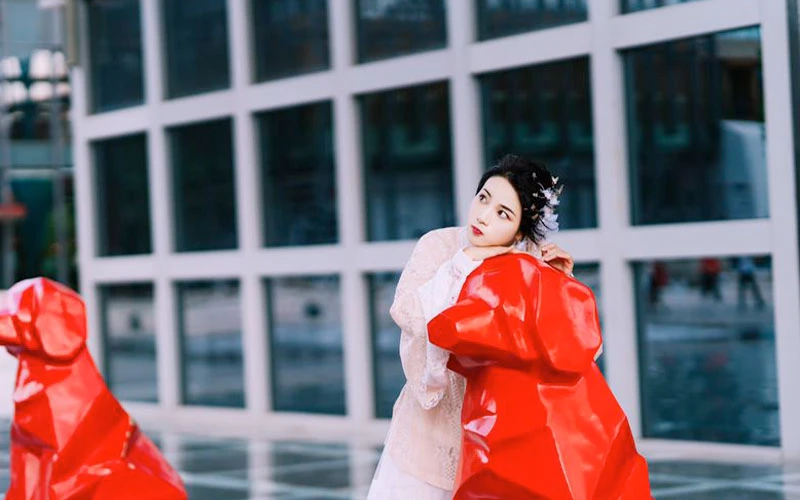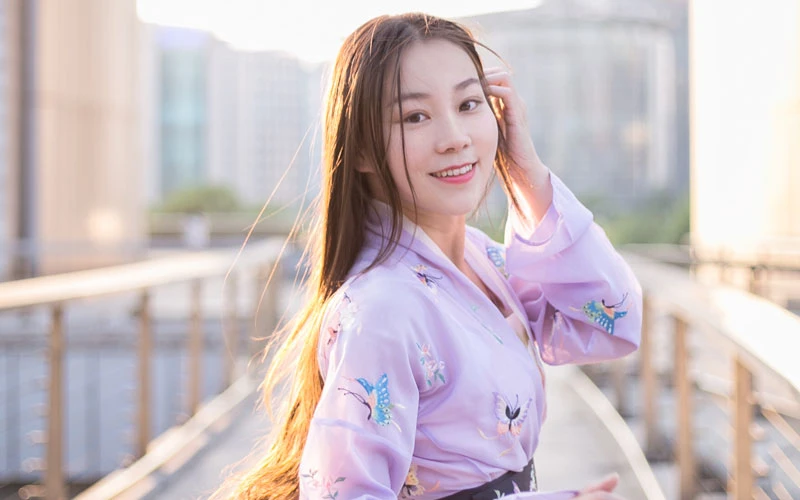Chinese Hanfu has become more popular in China in recent years, with an increasing proportion of youthful individuals donning traditional Chinese garments. What is the reason behind this?
Hanfu’s appeal stems not only from its attractive look, but also from the fact that it incorporates historical elements. In terms of the Hanfu trend’s background, the following aspects may be summarised:
The Resurrection of Conventional Culture and the Enhancement of Conventional Identity And culture
The introduction of contemporary Hanfu as a matter of national costume, to some measure, relieves people’s yearning for “root searching” of cultural identity and progressively creates a sense of belonging with traditional national culture.
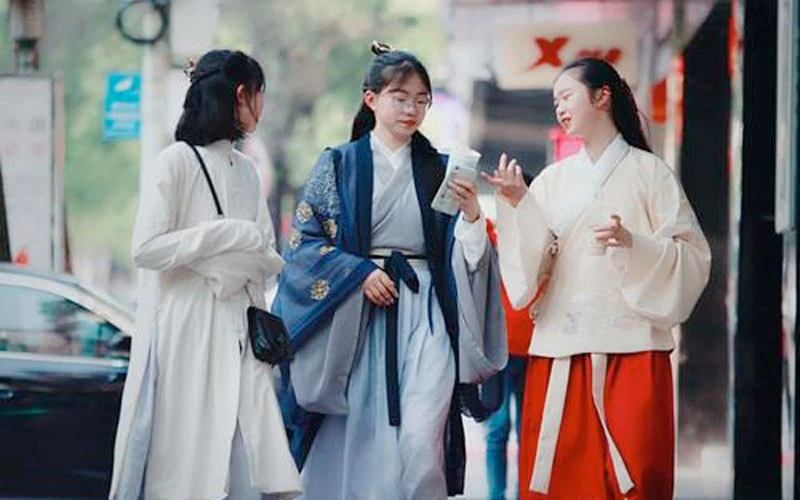
Why Has Hanfu Been Suddenly Popular In China?
Hanfu’s Real Trend Hasn’t Arrived Yet
The number of Hanfu customers grew over the year in 2020. Despite the continuous growth of the Hanfu market in recent years, Hanfu’s overall sales will only contribute 1 percent on average of current yearly units sold in 2020.
This implies that, despite its massive popularity, Hanfu remains a “Niche Product” at the moment. The number of individuals that really wear Hanfu is quite tiny, and there is little evidence of a scale economic impact.
Young people who want individuality have been drawn to the internet, television, and other forms of media.
Numerous individuals learn about Chinese traditional clothing from television, particularly martial arts shows. In the past few years, Chinese martial arts plays have excelled in many areas, and current Hanfu, as an actor’s costume, has become more distinctive, having a subtle influence on the aesthetic of more youthful groups.
Design Stays Ahead of the Curve, Meeting the Aesthetic and Needs of Today’s Consumers
Hanfu is a one-of-a-kind cultural emblem that reflects national character, artistic taste, and folk culture in a systematic way. This same media’s coverage of Hanfu’s rebirth tends to focus on traditional festivals or etiquette exercises, giving the appearance that Hanfu is attractive, but not useful.
Contemporary Hanfu, on the other hand, has a great variety of styles appropriate for everyday life, which may be as refreshing, simple, and traditional as modern daily clothing, and can match the aesthetic and demands of modern people after modification.
The Hanfu Culture Trend is Boosted by the Tongpao Community
Traditional culture is popular among Hanfu Tongpao (Hanfu Fans), who promote Hanfu as one of their most significant group identification indicators. They also engaged in a number of unique rituals, such as the “Hanfu Culture Festival” and “travel with Hanfu,” which aided in the creation of a powerful Hanfu cultural impact.
Only until the public has a thorough understanding of traditional Chinese culture, such as the Hanfu trend, can the rebirth of traditional Chinese culture, such as the Hanfu trend, be sustainable.
When people don’t necessarily consider the Hanfu excitement as little more than an innovative sociological phenomenon, but then when people wearing Hanfu are no longer divided into the Hanfu circular pattern and indeed the cos circle, and then appreciate it almost as a daily situation, roughly comparable to Japanese kimono and Korean Hanbok, as well as dress up everything out in general populace without even being recognized by huge numbers of people, which is when the true Hanfu popularisation must have finally shown up.
How to Make Hanfu Shine Brighter
Ultimate Gray and Illuminating represent two prominent and trustworthy & peaceful hues. Luminous is much like a spotlight that pierced through into the immovable periods of 2020 and becomes the most comfortable complement for 2021.
In History, the Color Yellow Has been Revered
Sometimes you unconsciously believe that yellow is the only hue worn by ancient rulers. Is this correct? Yellow was a popular hue in ancient times: it was documented in Yi-Kun during the Zhou Dynasty, signifying that wearing unassuming yellow lower clothing was extremely lucky. Yellow, which is actually a very pleasant hue, was formerly used to allude to the ground in ancient China. The yellow in the antique picture “Bunian Tu” is a little more on the saturated color of yellow, which is the deep brown we frequently discuss.
Zhao Kuangyin must also be mentioned. Zhao Kuangyin led the Chenqiao rebellion, and the troops presented him with the yellow robe, which he accepted as emperor. As a corollary, with the formation of the Northern Song Dynasty, the yellow robe became an official emblem of imperial power, as well as the emperor’s personal color. Somewhere at moment, the yellow was ochre yellow, not the dazzling yellow we see now. However, the emperor’s imperial usage is just ochre-yellow; other yellows can still be utilized.
Natural Yellow Color
The much more famous indigenous plant for dyeing yellow is the smoke tree, which appears red on the ground, but has yellow heartwood. There really are records of sumac dyeing techniques in the “Tiangong Kaiwu,” including such straightforwardly thin dye, which can start producing ivory color; boiling water after introducing additional raw umber such as hemp draught ash, which can produce golden yellow; boiling water after adding indigo, which can produce black; ochre yellow is really not clearly mentioned, and even though we presume that may have been the case.
In truth, in complement to the smoke tree, there seem to be numerous dyes in China that can color natural yellow, including Phellodendron wood, garcinia resin, turmeric rhizome, gardenia fruit, and so on. Originally Zhao Kuangyin, yellow had a poor status, but after a while, it rose to become the emperor hue, thanks to improved purifying and dyeing techniques. The Qing Dynasty adopted a brilliant yellow as the imperial color, but that also developed into several golden yellows that we’re seeing nowadays.
Hanfu & Fashion Color Application
What is the best method to wear Hanfu in a trendy way? The concept of normalizing is crucial. Yellow and grey happen to be rather decent matching colors; all you have to do is modify them as per various circumstances and demands, and you’ll be OK.
Yellow and grey are always a wonderful combination. If you want to improve the grayscale of the Morandi yellow, go for the most insurance one, which is more adaptable to a variety of situations. Both have a grey elegance, yet without being too brilliant.
If you’re not sure, a neutral color transition, such as black and white, may be added to shawls, Moxiong, Zhongyi, skirts, and other items to make them appear more every day. In addition, denim blue is a fantastic match for yellow since it enhances the contrasting hue on the visual impact of the sense. Both are steady and bright, yet they retain the elegance of public events. Yellow and grey are also utilized as a couple of clothes color matching, which can quickly produce a fashionable look. Yellow accessories, as well as some little accents, serve as a finishing touch.
But, in general, the less color used to demonstrate texture, the better; more color may be used to indicate vibrancy, while less color is more appropriate for conservative and high-end situations. Except for particular necessities of feudal society, there has been no true feeling of advanced or not advanced color since ancient times, merely the distinction between hues of warm and cool. People may have grown bored of over-saturated hues in modern times, but aesthetic demands have remained calm and consistent.
Have You Understood About Embroidery Characteristics in Various Hanfu Dynasties?
Embroidered, also known as needle embroidery in the past, is a technique that involves using an embroidered needle to guide color thread, embroidering and transporting planned designs on fabrics, and forming patterns with embroidery traces. Although embroidery is primarily done by women, it is considered a form of “needlework.”
Let’s have a look at the embroidered characteristics of several dynasties today!
Ming Dynasty Hanfu
Although Gu needlework has been the most well-known embroidery from the Ming Dynasty, we’d like to focus on the embroidered design “Beijing embroidery,” which was widely employed in the clothing of royal families, authorities, and their spouses.
The Ming and Qing Dynasties were the birthplaces of Beijing embroidery, also referred to as royal needlework. It was primarily utilized for apparel and court adornment. It was created using the finest materials, cutting-edge innovation, and a refined aesthetic. The vast majority of high-quality palace needlework in the people had several connections to the imperial court.
Tang Dynasty Hanfu
Aside from Buddha figures, landscape flowers and birds flourished in the Tang Dynasty, and the arrangement was vibrant and the colors were vivid. Through the use of gold and silver thread to coil the pattern outline and increase the three-dimensional impression of things was a Tang Dynasty embroidery invention at the time.
Song Dynasty Hanfu
Embroidery in the Song Dynasty had a strategy before embroidery and tended to be beautiful in order to create the vivid aesthetic notion of calligraphy and painting.
Although it’s still not common, you could spot a fan dressed in the sweeping robes, crossed collars, and broad sleeves of Hanfu, which literally translates to “Han clothes,” if you go through large towns. Hanfu stores, designers and researchers, and even photographic studios hire out items and clothes are all available.

